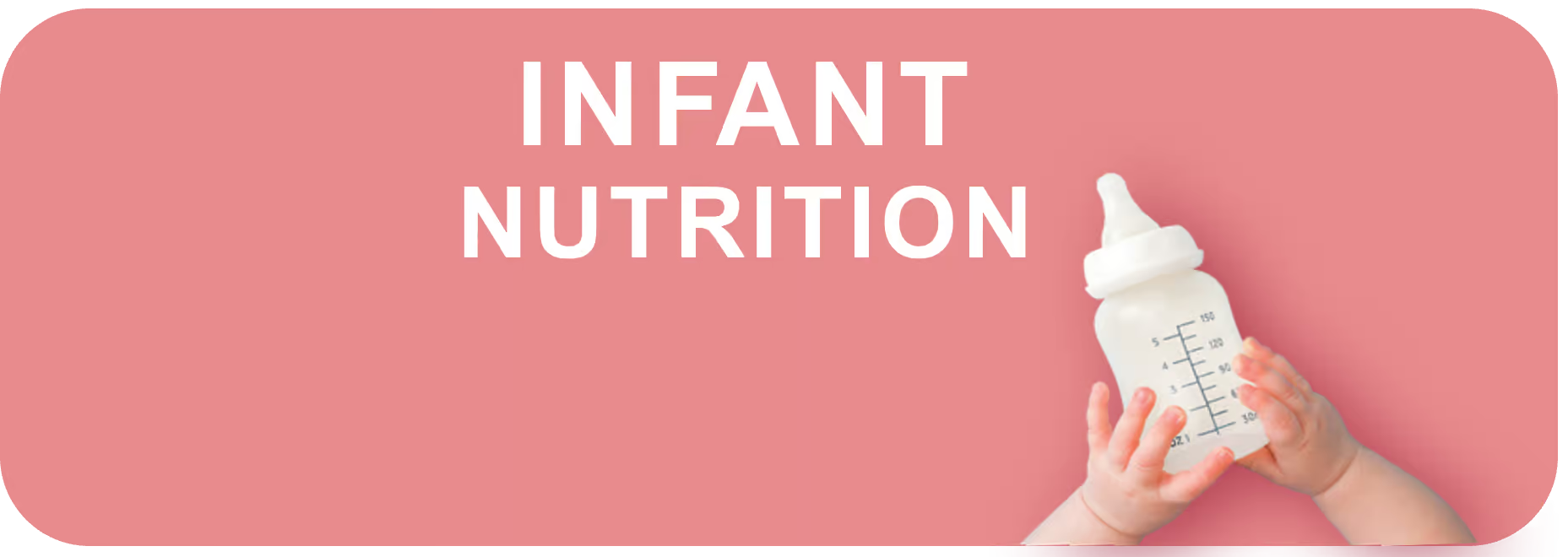Interview with Dr. THIBAULT: What areas of improvement to fight against undernutrition? [Part 2/2]

What would be your recommendations for combating undernutrition? What levers can we work on?
I think that in terms of products on the market, the offer is quite satisfying. For the oral nutritional supplements (ONS) as such or enteral nutrition solutions, a better coordination of care between all the players will improve the diagnosis and treatment of undernutrition. At Rennes University Hospital, screening for undernutrition is based on the nurses who, on admission, weigh the patient and assess the food intake with the SEFI (easy intake assessment score) (www.sefi-nutrition.com). Depending on these parameters, if there is a diagnosis or risk of undernutrition, the dieticians can be contacted or we, the transverse nutrition unit, can confirm the in-depth diagnosis and propose a treatment. If we are not contacted, the daily organization of the hospital means that the data collected by the caregivers will not necessarily be analyzed and the diagnosis and treatment of undernutrition will not necessarily be proposed by the medical team. This is where we need to work to ensure that there is a diagnosis and treatment for all patients who need it.
There is also the question of the training of caregivers and dieticians, it is a whole health system that needs to be improved even though it is true that knowledge of products, certain ONS in particular, is still the domain of the specialist.
Once the treatment is put in place, the products that are currently available are satisfactory, we have a fairly wide range now with all the manufacturers who contribute, particularly for oral nutritional supplements, in terms of product diversity (soups, creams, yoghurts, juices, drinks, etc.).
However, there will always be the limit linked to the increase of protein content in the oral nutritional supplements, which means that sometimes patients are disgusted and will not consume them. The compliance is still lacking. In the case of moderate or severe malnutrition, we should not delay in moving towards enteral nutrition, more often than it is currently the case.
In the city, pharmacists and general physicians would also deserve to be better informed, or at least to take more time to check their patients’ compliance with oral nutritional supplements. There is a lot of room for improvement in this area.
This is such a vast subject that we could also discuss nutrition, at the first level: I was at the origin of and coordinated the ESPEN (European Society of Clinical Nutrition & Metabolism) expert group for nutrition in hospitals. We made expert recommendations because there is little scientific literature on this subject. Giving a high-protein, high-energy diet to patients arriving in hospital seems to be the first line of treatment to prevent undernutrition. So, giving classic enrichment solutions based on standard foods is a first step, and then, if the situation worsens, the intervention of the transverse nutrition unit may be required, with the decision to take an oral nutritional supplement or artificial nutrition. Therefor it is important to improve the quality and the energy density of the food we give to hospitalized patients. Giving smaller portions but more often to the patient can also help prevent undernutrition (a more expensive solution, which upsets the organizations and is therefore not easy to implement). The portions served in hospitals are too large: when you are ill and not hungry, seeing these full plates takes away your appetite rather than anything else. Having the same thing in terms of nutritional balance but better spread over the day would improve the food consumption of hospital patients.
What are the benefits of oral nutritional supplementation and how can it be promoted?
With the Geneva team we worked on the food consumption of hospitalized patients, and we showed that those who consumed oral nutritional supplements (ONS) had a better coverage of their protein needs, the ideal being 2 ONS per day.
The current recommendations of the French-speaking society of clinical nutrition and metabolism are to indicate oral nutritional supplements in the case of moderate undernutrition in patients who have a food intake that is not too inadequate (with SEFI®≥7/10) or in patients who are not yet undernourished, but who are eating insufficiently (SEFI®<7/10), and in this case we want to prevent undernutrition.
To facilitate compliance, we need to train the caregivers because often the ONS are badly delivered in hospital. In the city, we need to give better advice (explain how to take them), because often the ONS are prescribed without explaining how to take them and why they are useful to the patient. This is why the dispensing pharmacist is perhaps the actor to be better trained, as general practitioners often lack time.
For elderly people, ONS, if taken, are beneficial. Several studies have shown that patients were better nourished and had more energy and protein intake when they took ONS than when they did not. This is why they are reimbursed by the health insurance.
Alternate flavors and formats to avoid lassitude, as it is a treatment that must be given over several weeks to be beneficial (minimum 3 months).
What do you expect from the market players (especially the manufacturers)?
It is possible to act at different levels:
- Raise awareness among healthcare staff of the diagnosis of undernutrition (for example by using the SEFI® measurement tool). Health professionals are looking for this type of simple tools to help them implement a good prescription (the SEFI®, weight and height are very simple criteria which make it possible to identify the etiological and phenotypic criteria for undernutrition fairly quickly).
- Communicate on the proper use of ONS prescriptions with doctors and pharmacies to measure compliance
- Work on better communication at the level of residential institutions for dependent elderly people on ONS and their proper use
- For the elderly, improving the quantity of protein in certain products/dishes available in supermarkets to increase the protein intake, is an important field of action – it is through food that we will be able to better cover nutritional needs and prevent undernutrition or its aggravation.
What do you value/look for most in a good clinical nutrition product?
- The taste, the appetence will be important to have the least possible weariness so that the consumption is sustained (minimum 3 months of consumption to have a benefit)
- The composition and balance between proteins, carbohydrates, lipids, and micronutrients. Perhaps also for the elderly, vitamin D, which is very important for muscular health, omega 3 fatty acids also. In particular, increase vitamin D intake in ONS to limit the risk of deficits.
- Format and volume: slightly smaller portions but more often could facilitate consumption for some, especially in hospitals
- Regular dishes that are not ONS but contain a little more protein could be interesting if they also taste like regular products.
 |
Thank you to Dr. Ronan Thibault, hepato-gastroenterologist, nutritionist, doctor in Life Sciences, and professor in Nutrition, for answering our questions. |










